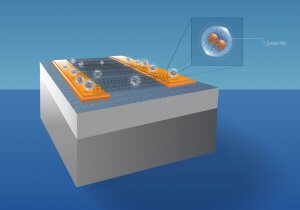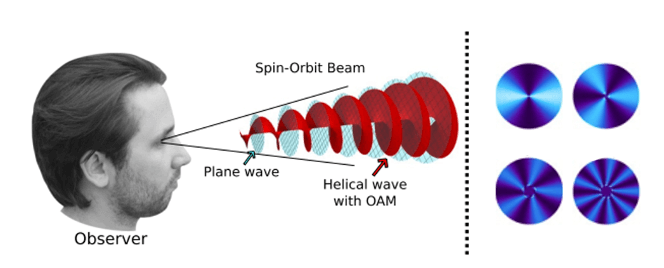Summary
The superconducting quantum computing architecture has seen rapid improvements over the last two decades. However, the coherence time of superconducting qubits is limited by unknown noise sources presumably existent at the interface between the insulator and the superconducting film. Carbon nanotubes (CNTs) are a promising material for use in Josephson-Junctions (JJs) given their unique properties, such as high electrical conductivity, pristine surface, inherent nanoscale dimension, and silicon-compatible processing. In this project, we are building gate-controlled JJs composed of CNT thin films (down-to-monolayer) positioned between two superconducting electrodes to act as a promising superconducting qubit for quantum computers. Aside from gate-controllability, this approach offers superb interface engineering capability, small integration footprint, and high-temperature operation. We expect the CNT film – JJ superconducting qubit will achieve superior performance relative to current state-of-the-art JJs and enable the development of scalable superconducting computation with extensions to arrays of CNT-JJs coupled to microwave and optical photon-waveguides.

Figure 1. Cooper pairs interacting with gate-controlled Jospehson-Junctions composed of CNT thin films
Related Content

Quantum Light Sources Based on Deterministic Photon Subtraction
Summary This project develops new sources of light that utilize quantum entanglement to enhance imaging resolution and detection. We aim to go beyond simple photon pairs and advance our understanding and control of new quantum states of light. Our approach uses deterministic single-photon subtraction (removing of a specific photon from a pulse of light) […]
July 13, 2018
Fabrication of Ultra Low Noise RF SQUID Amplifiers
A superconducting quantum interference device (SQUID) is an extremely sensitive magnetic field detector.
June 1, 2017

Functionalized Nanodiamonds for Sensing Biochemical Processes
Summary Chemotherapy is limited by the failure to clinically monitor the efficacy of the treatment in real-time, which results in suboptimal chemotherapy being given for a prolonged period. Predicting the outcome of chemotherapy immediately after drug administration can increase diagnostic accuracy, efficacy outcomes, and successful treatment. Quantum nanodiamond sensors can be used as optical sensors […]
August 31, 2022

Structured Light Applications in Vision Science
Eye diseases such as macular degeneration can have a devastating impact on quality of life. Early detection and treatment are thus crucial for preventing irreversible vision loss. A previous study found that the human eye can detect differences in ‘structured’ light beams. Such light beams are composed of a coherent superposition of differently polarized planar […]
April 24, 2023

